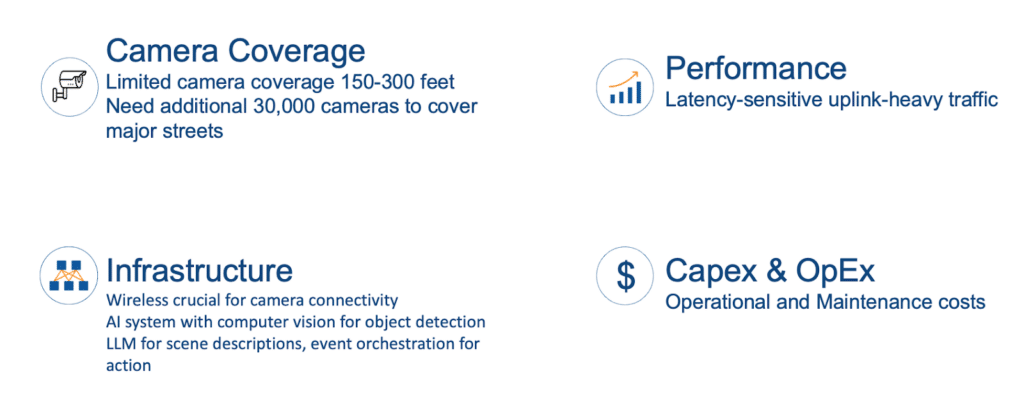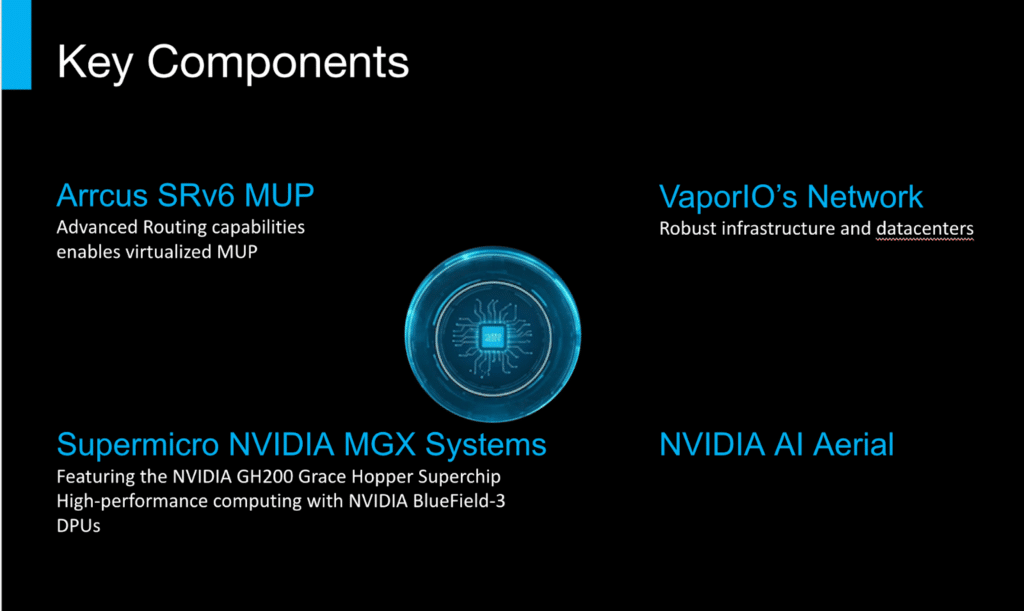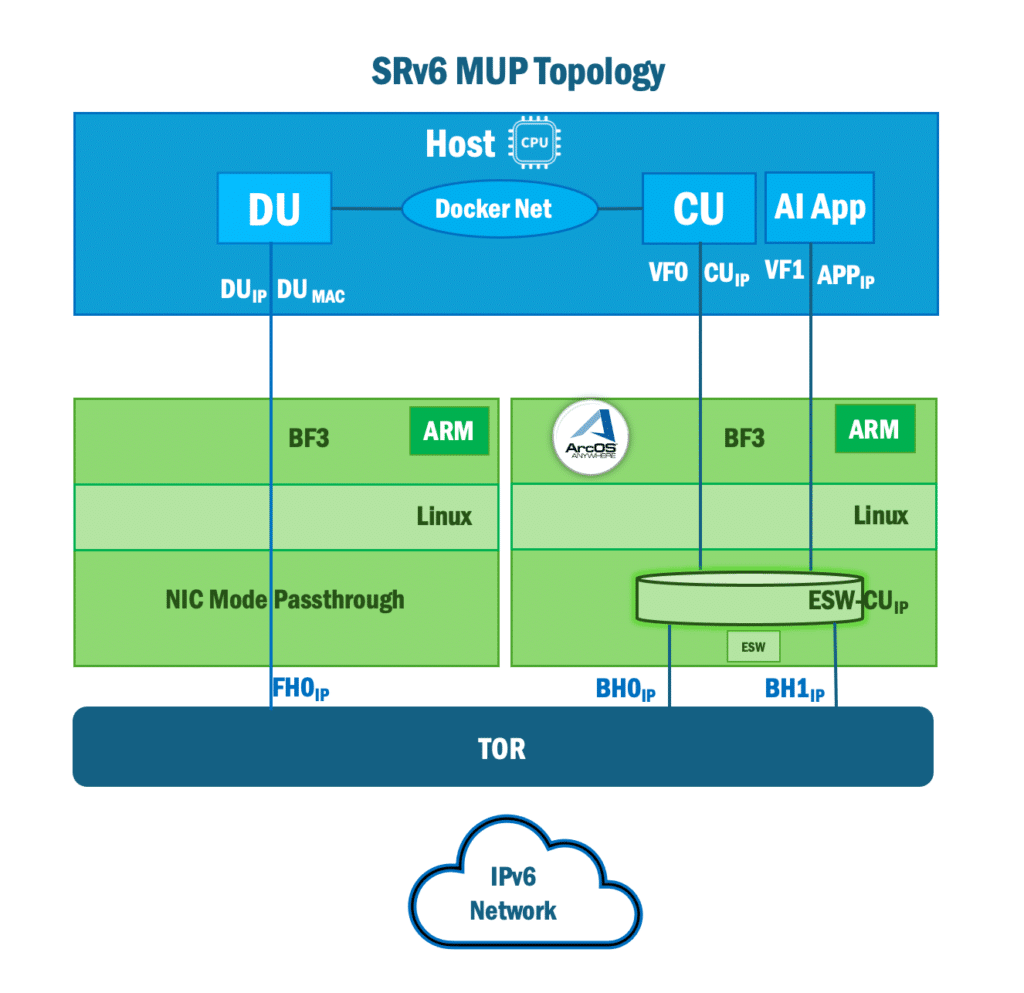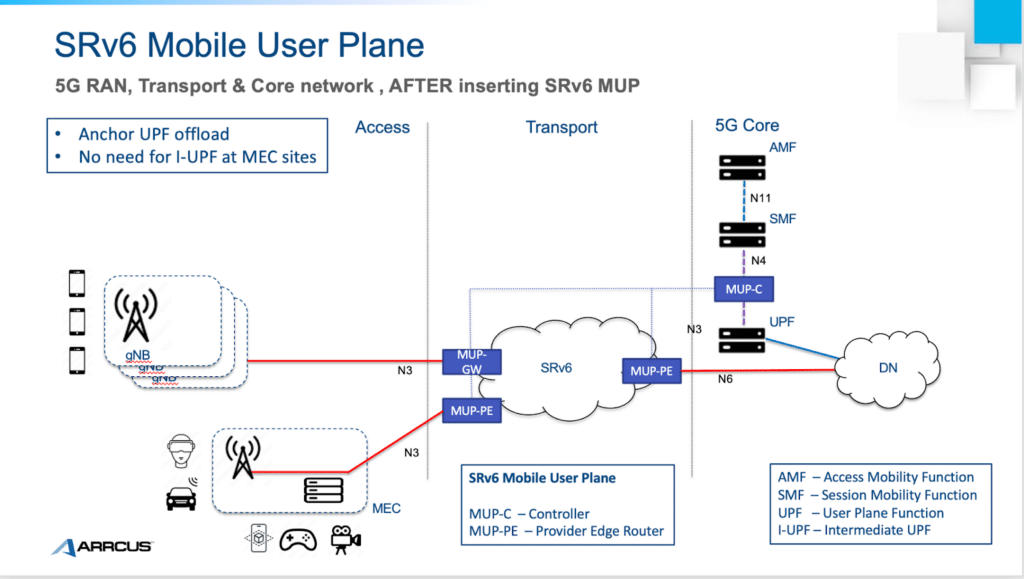The City of Las Vegas is in the process of revitalizing the Medical District. Public safety is a top priority. The city expressed the desire for the medical district to feel safe as if the police presence was doubled without increasing the number of officers present. The city needs to understand what is happening and trigger a response to take action. A new approach is required to meet the city’s goals. AI was the natural answer. Cameras can see 24 hours a day. Computer vision can detect objects within view and officers can be dispatched in an automated fashion. Ubiquitous camera coverage is required at least on the major streets. The city needs at least 30,000 cameras over time just to cover the major streets. Cameras on light poles every 300 feet will get the camera coverage. Unfortunately, pulling ethernet cable or fiber to every light pole is cost prohibitive. 5G wireless is a natural solution given the range and security not afforded by alternatives such as WiFi.

Initially a YOLO model is used for object detection. The results are then tagged and tracked across time and camera. A large language model (LLM) with retrieval-augmented generation (RAG) is then leveraged to decipher the scene and trigger event orchestration when needed.
Since these use cases are time-sensitive, the design has removed all possible latency. The key software components of the solution are co-located – and include NVIDIA AI Aerial vRAN software, Radisys CU / DU and the inference engine on the same Supermicro system with the NVIDIA GH200 Grace Hopper Superchip. The UPF function provided by Arrcus runs on an NVIDIA BlueField-3 DPU. The Arrcus ArcOS enables local breakout of UPF functionality through SRv6 Mobile User Plane (MUP).

Arrcus Revolutionizing Public Safety with 5G, AI and SRv6 MUP
Vapor IO’s Zero Gap platform is structured with micro data centers distributed within the neighborhoods connected with dark fiber and providing sub-100 microsecond latency from the radio to the server. For redundancy, two micro data centers are within 100 microseconds. For those users, such as first responders needing mobility, the SRv6 MUP enables application and UE mobility between sites. IPs stay the same for a seamless experience where UE is served by the closest end to end solution with the lowest latency.
In the realm of public safety, the convergence of 5G, AI, and advanced routing technologies is ushering in a new era of capabilities. At the core of this transformation is Segment Routing over IPv6 Mobile User Plane (SRv6 MUP), a cutting-edge routing protocol that unlocks the full potential of next-generation mobile networks for emergency services.
Advanced Networking Architecture
The Arrcus solution leverages a sophisticated network topology:
- ArcOS instances running on NVIDIA BlueField-3 DPUs, functioning as MUP Gateway/Provider Edge (MUP-GW/PE) nodes
- x86 server-based ArcOS instances serving as MUP-PE for internet connectivity and MUP-Controller for SRv6-MUP orchestration
- Distributed Unit (DU), Centralized Unit (CU), and AI applications running on SR-IOV virtual functions (VFs) on the host
- ArcOS on BlueField-3 DPUs routing between Virtual Functions (VFs), User Equipment (UE), and MUP-PE
- BGP-based reachability advertisement from BlueField-3 DPUs to Top-of-Rack (TOR) switches and MUP-Controller
NVIDIA Integration:
- BlueField-3 DPUs offload network processing and security functions
- GH200 Superchip accelerates AI workloads at the edge

Session State Management
MUP-Controller (MUP-C) taps into the 5G control plane to extract UE session state. Distribution of session state via standardized BGP extensions to BlueField-3 DPUs and MUP-PE nodes. MUP-C transforms session information into routing information, eliminating the need for per-flow state maintenance in the network core.
Data Path Optimization
UE packets are received by Radio Unit (RU), digitized, and encapsulated with eCPRI headers. Layer 2 VxLAN overlay transports to DU MAC address. TOR terminates VxLAN, forwarding to the front haul BlueField-3 DPU and subsequently to DU. DU performs low-layer processing, forwarding to CU for higher-layer processing. CU encapsulates in GTP header towards User Plane Function (UPF). ArcOS on backhaul BlueField-3 DPU intercepts GTP packets, strips headers, and forwards based on the inner destination. Local AI app traffic is rerouted to appropriate VF; internet-bound traffic sent as SRv6 packets to designated MUP-PE.
Enhanced Capabilities:
- Real-time situational awareness with edge processing of video feeds and IoT sensor data
- Ultra-reliable low-latency communication (URLLC) for seamless coordination
- Predictive policing using AI algorithms to analyze crime patterns
- Network slicing for priority services with end-to-end slicing across RAN, 5G Core, and transport network
- Edge compute optimization with virtualized MUP Controller and Gateway co-located on edge servers

Simplified 5G User Plane:
- SRv6-based MUP optimizes data path, bypassing UPF
- Reduces per-flow state maintenance, enhancing scalability and lowering TCO
- Seamless creation and management of slices for emerging applications
Scaling Gains:
- Higher throughput and energy efficiency
- Reduced latency and simplified scaling processes
- Shortest Path H/W Pipelines with MUP-GW deployment on NVIDIA BlueField-3 DPUs
This advanced architecture, powered by Arrcus ArcOS and NVIDIA technology, creates a flexible, high-performance foundation for next-generation public safety networks. By embracing 5G, AI, and SRv6 MUP technologies, cities and public safety agencies can build more resilient, responsive, and intelligent emergency services, helping create more secure communities.
NVIDIA AI Aerial for powering the future of AI and wireless networks
NVIDIA AI Aerial is a suite of three computer systems to develop, simulate, train and deploy AI-RAN based 5G and future 6G wireless networks. NVIDIA MGX GH200 servers provide a robust and commercially viable foundation for AI-RAN deployments.
The platform offers a common scalable hardware foundation to run RAN and AI workloads.
Using the NVIDIA Aerial CUDA-accelerated RAN software libraries, enterprises and CSPs can deploy software-defined 5G and private 5G radio stack over MGX GH200 servers, in addition to hosting new AI applications on the same platform. This unified platform fuses AI and 5G at the edge, helping enable the digital transformation of enterprises across all industries.

NVIDIA BlueField-3 DPUs enable real-time data transmission with precision 5G timing required for fronthaul eCPRI traffic. NVIDIA offers a full IEEE 1588v2 Precision Time Protocol (PTP) software solution. NVIDIA PTP software solutions are designed to meet the most demanding PTP profiles. NVIDIA BlueField-3 incorporates an integrated PTP hardware clock (PHC) that enables the device to achieve sub-20 nanosecond accuracy while offering timing-related functions, including time-triggered scheduling and time-based, software-defined networking (SDN) accelerations. This technology also enables software applications to transmit fronthaul, RAN-compatible data in high bandwidth.
Benefits and Summary
Ultra-low-latency use cases have been a challenge and expensive to implement. By rethinking where and how solutions are implemented, subscription and consumption business models can be enabled. Having micro data centers in the neighborhood connected by dark fiber creates the base for the paradigm change. Add GPU capacity and now AI workloads can be offered from the same micro data center.
The benefit arises when RAN (including 5G, private 5G, ORAN) and AI application stack can co-exist on the same server, squeezing all latency that would have existed between servers. Running the NVIDIA AI Aerial platform for RAN workloads requires GPU capacity. Computer vision and VLM/LLM inferencing requires GPU capacity. Local breakout with UPF functions is needed to bridge from RAN to the AI models. Arrcus’s ArcOS with MUP leveraging SRv6 is the key to bridging functions.
By having two data centers within a 100 microseconds of the radio, not only can the RANcomponents run remotely, they can be offered on shared infrastructure as a subscription or consumption model. High availability is a key requirement for data services. Front haul failover as well as application failover is key. Having the ArcOS running on the NVIDIA BlueField-3 DPU enables UE IP addresses and the application IP addresses to move between nodes. The ArcOS uses BGP over link local from the NIC port to change the advertisement of the IP address location. From an internet perspective, the MUP PE maintaining the advertisement of the IPV6 /64 is the key for the IP address movement.
At the end of the day, local breakout, low latency and service mobility can be realized with the combination of Vapor IO’s network, Supermicro systems with NVIDIA GH200 Grace Hopper Superchips NVIDIA BlueField-3 DPUs, NVIDIA AI Aerial and Arrcus ArcOS. Together, this solution demonstrates how real-world challenges such as public safety can be addressed with AI and 5G.
Terminology
- TOR – Top of rack switch
- UE – User Equipment
- ESW – Embedded Switch
- MUP-C – MUP Controller
- MUP – Mobile User Plane
- MUP-PE – MUP Provider Edge Router
- AMF – Access Mobility Function
- SMF – Session Mobility Function
- UPF – User Plane Function
- I-UPF – Intermediate UPF
- DN – Data Network